#RareRides
Rare Rides Icons: The History of Stutz, Stop and Go Fast (Part XI)
We resume our coverage of Stutz today and pick up in the mid-Seventies. With the reborn brand’s personal luxury Blackhawk attracting the rich and famous from across the nation, Stutz attempted to keep the car fresh through visual edits every couple of years. In addition to the marketing appeal of a new “generation” Blackhawk, management was also able to cut costs: Split windshields became one-piece, and bespoke doors were replaced with those of a Pontiac Grand Prix.
All the while, the Blackhawk’s price continued to escalate and doubled by the end of its first decade. It was by far the most expensive American car on sale. We find ourselves in 1977, as Stutz continued with Blackhawk edits after the one-off convertible version named d’Italia was scrapped.
Rare Rides Icons: The History of Kia's Larger and Full-size Sedans (Part IV)
We return to our coverage of Kia sedans today and discuss a midsize from just prior to the flagship Enterprise we discussed last time. Kia offered the first midsize car to bear its branding in 1987 when it introduced the new Concord. Concord was essentially a broughamed, front-rear clip swap take on the GC platform Mazda 626. Mazda discontinued the GC 626 that year and immediately sold the platform and tooling to Kia. A couple of years later, the Concord spawned a lesser sibling called the Capital. Capital looked very similar to the Concord but sold to a more economically-minded customer with its much lower level of equipment and low-powered engines.
When the Capital finished up its run in 1997, it was replaced by a compact car Kia had on sale for a few years already: The Sephia. Sephia wouldn’t do for Concord-level customers though, and upon the sedan’s discontinuation in 1995 they were directed to an all-new Kia. The company was ready with its new midsize to bookend the Concord, and it went on sale the same year. Though the new car was again on a donated platform, it was the first time Kia had some leeway to design a midsize of their own. It’s time to discuss Credos.
Rare Rides Icons: The Lincoln Mark Series Cars, Feeling Continental (Part IV)
We return to our Lincoln Mark series coverage today, in the midst of learning about the first Mark of the line, the Continental Mark II. The Mark II aimed to carry on the tradition set by the gracious Continental of the Forties, and take Ford to new heights of luxury, desirability, price (and thus exclusivity), and quality. The latter adjective is where we’ll focus today; it was certainly the focus of the folks at the Continental Division prior to the Mark II’s release.
Rare Rides Icons: The Ford Festiva, a Subcompact and Worldwide Kia by Mazda (Part II)
We return to our Rare Rides Icons coverage of the Ford Festiva today. An important world vehicle for the likes of Ford, Mazda, Kia (and eventually many others), the Festiva arrived at a time when rear-drive subcompacts were being replaced by much more efficient models that were front-drive. And the Mazda-designed Festiva was certainly more efficient and more front-drive than the Fiesta it replaced.
Rare Rides Icons: The History of Kia's Larger and Full-size Sedans (Part III)
We’ve reached the end of the Nineties in Kia’s midsize-or-more sedan story. It was a time of modernization across Kia’s portfolio, and 1998 and 1999 were years of expansion in particular: Kia introduced an impressive nine all-new models across those two years.
For its larger sedan lineup, the dated Potentia (a rework of the Eighties Mazda Luce) continued on in its popularity in the South Korean market. Potentia was updated from its original 1992 looks for 1998. However, that same year Kia introduced a new large luxury sedan to its lineup. The company once again relied on friendly product partner Mazda. Let’s talk about Enterprise.
Rare Rides Icons: The History of Stutz, Stop and Go Fast (Part X)
The reborn Stutz brand introduced its Blackhawk in 1971. It was a mostly hand-built and Virgil Exner-styled coupe atop a late Sixties Pontiac Grand Prix platform. Despite its rather common underpinnings, the Blackhawk found an immediate clientele among the very wealthy who were of a showbiz variety. After Elvis took delivery of the first Blackhawk sold (prototype two, to be precise), celebrities of various stature placed their orders with Stutz.
This gave the Blackhawk status and immediate luxury credibility, however garish and Extra Super Seventies it all was. Thus, Stutz increased the price of the Blackhawk throughout its debut decade and effectively doubled its profits by the turn of the Eighties. By 1981 the Blackhawk’s base price was $84,500 ($279,242 adj.). But Stutz knew it would have to update its coupe to keep buyers coming back for more, and the majority of updates took the form of trim differentiation and cost-cutting. Let’s talk about the multiple generations of Blackhawk.
Rare Rides Icons: The Lincoln Mark Series Cars, Feeling Continental (Part III)
Today finds us at the third installment in our coverage of the Lincoln Mark series cars. So far we’ve covered the original Continental that ran from 1939 to 1948 and learned about the styling decisions that made for the most excellent Midcentury Continental Mark II. The Mark II arrived to herald the birth of the new Continental luxury division at Ford. A division of Ford and not Lincoln-Mercury, Continental was established as the flagship of the Ford enterprise. We pick up circa 1952, with Cadillac.
Rare Rides: The 1966 Nissan Prince Royal, an Imperial Family Limousine
In Part I of our Abandoned History coverage of GM’s Turbo-Hydramatic transmission line, your author made reference to a very exclusive Nissan that made use of the hefty THM400. That extremely formal Rare Ride has been on my mind since then, so here we are. If it pleases your majesty: The 1966 Nissan Prince Royal.
Rare Rides Icons: The Ford Festiva, a Subcompact and Worldwide Kia by Mazda (Part I)
We embark on the important and global tale of a subcompact hatchback today. Your author referenced it last week in Part I of our Kia large cars series, and now it’s time for the promised comprehensive Rare Rides coverage! Manufactured in various places around the world, our subject vehicle lived a long life and had no fewer than 10 identities over its impressive 17-year span. We’re going to party, karamu, Festiva, forever.
Rare Rides Icons: The History of Kia's Larger and Full-size Sedans (Part II)
We pick Kia’s large-car story once more today, at a point when the Korean manufacturer was in the midst of establishing itself as a proper full-line automaker, albeit with contributions from various other automotive firms. After Kia built Fiats and Peugeots via knock-down kits, it moved on to a light rework of the early Eighties Mazda 626. It made two cars out of the 626, its first midsize offerings. They were the upscale Concord and lesser (but still sort of upscale looking) Capital. But before we move on to the company’s first truly full-size car, we need to talk about the Mercury Sable for a moment.
Rare Rides Icons: The Lincoln Mark Series Cars, Feeling Continental (Part II)
We pick up our Lincoln Mark series again today, at a point where Ford’s executives were really not interested in selling a personal luxury coupe. The original Continental was developed as a concept at the request of Edsel Ford, who wanted a car to take on his spring vacation in 1939. After an informal debut in Florida, Edsel came back with 200 orders and the Continental entered production.
Halted by World War II, the Continental picked up where it left off and underwent a light reworking at the hands of Virgil Exner. But the end of the Forties were not kind to the likes of the V12 engine, nor did Ford want to create a new Continental to replace the decade-old one circa 1948. Continental went away, its name unused. Instead, Lincoln foisted reworked Mercurys as the Cosmopolitan and ignored personal luxury. The brand generally lowered the bar of exclusivity set by Continental and the K-Series cars, and made things more affordable to the upper-middle portion of the American consumer base. Things stayed that way at Lincoln for some time.
Rare Rides Icons: The History of Stutz, Stop and Go Fast (Part IX)
We pick back up in the Stutz story today, at a time when (once again) all was new and promising at the luxury brand. Under the company’s new ownership, Stutz had the funding for Italian craftsmanship and hand-built goodness. The all-new Stutz Blackhawk entered production in 1971.
Nineteen feet long and full of wood, precious metals, and optional mink upholstery, the Blackhawk asked for a stunning amount of money that was far greater than domestic personal luxury coupes and more than a Rolls-Royce. At a base ask of $22,500 ($162,533 adj.) in 1971 dollars, there were few cars that actually competed with the Blackhawk’s purchasable exclusivity. And said exclusivity attracted some very wealthy people. Let’s talk celebrity status.
Rare Rides Icons: The History of Kia's Larger and Full-size Sedans (Part I)
I got to thinking about one particular big old Kia from the late Nineties the other day, and upon searching it on The Internet, I realized the Korean manufacturer had a much longer history with large cars than I’d thought previously. Given most of them were (or are) off-limits to the North American market, it might be time for a history lesson. We begin today with Kia’s first large car. It’s one you’ve probably heard of, because it was a Peugeot.
Rare Rides Icons: The Lincoln Mark Series Cars, Feeling Continental (Part I)
Rare Rides Icons concluded its 22-part series on the Imperial recently, as the long-running luxury model-brand-model exercise by Chrysler came to its timely end in 1993. Today we embark on a new luxury car series. It’s one you’ve asked for, and it’s also about luxury cars and will be an extensive series. Come along, as we consider the life and times of Lincoln’s Mark series cars.
Rare Rides Icons: The History of Stutz, Stop and Go Fast (Part VIII)
In our last Stutz entry, we saw the once famed luxury maker resuscitated by an entrepreneurial banker. Still headquartered in Indianapolis, Indiana, the newly renamed Stutz Motor Car of America, Inc. built a neoclassical coupe to excite lovers of polyester, personal luxury, and a mélange of styling cues from the Twenties and Thirties. The company’s first offering was the new Blackhawk, styled in a baroque Pontiac kind of way by Virgil Exner.



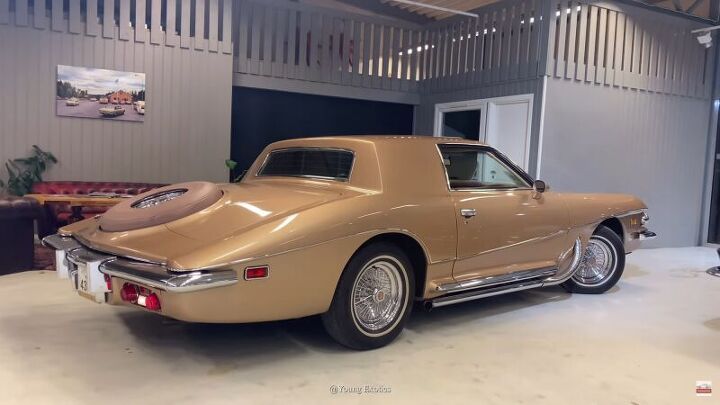

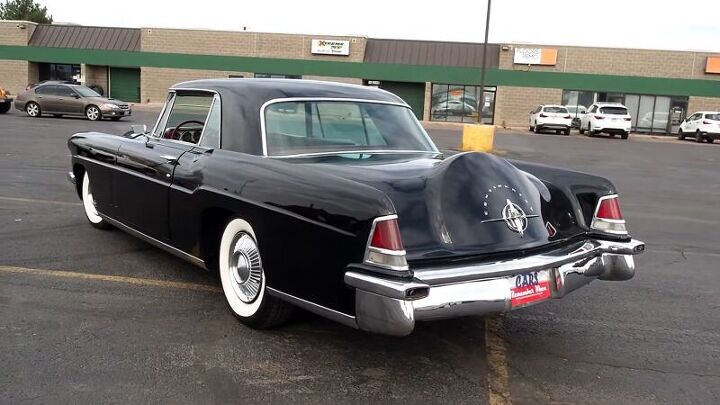
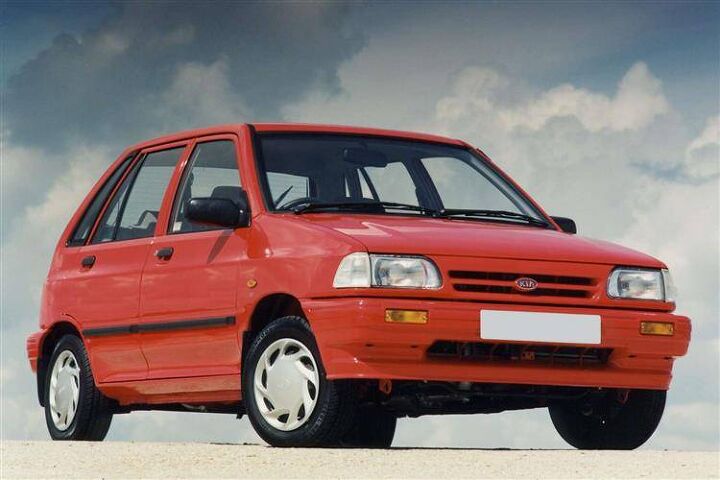

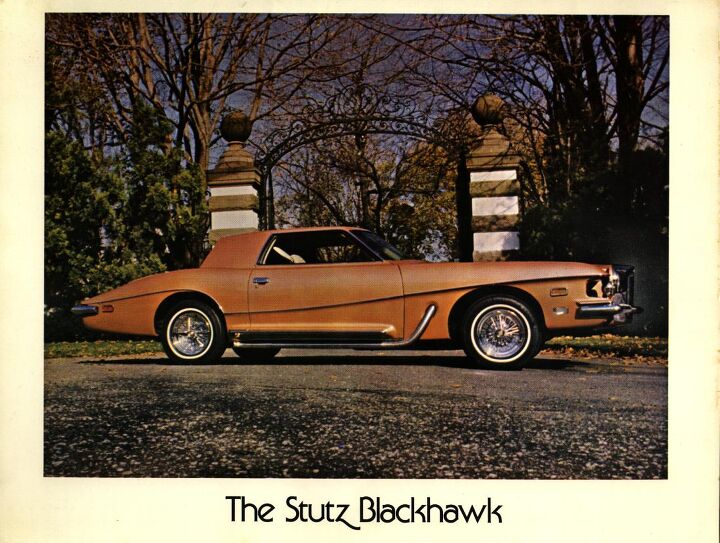



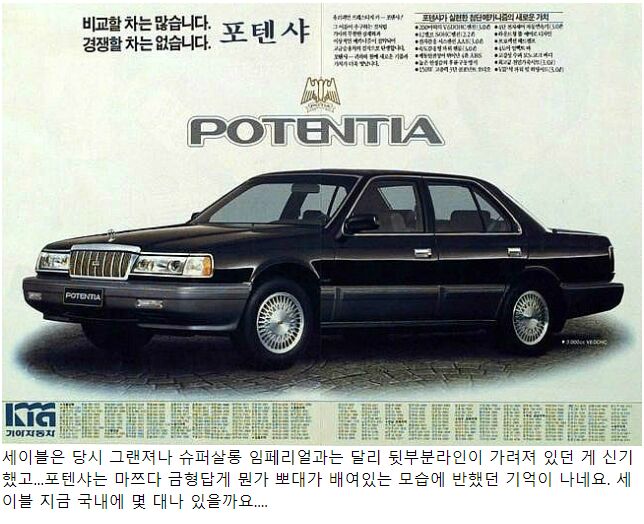


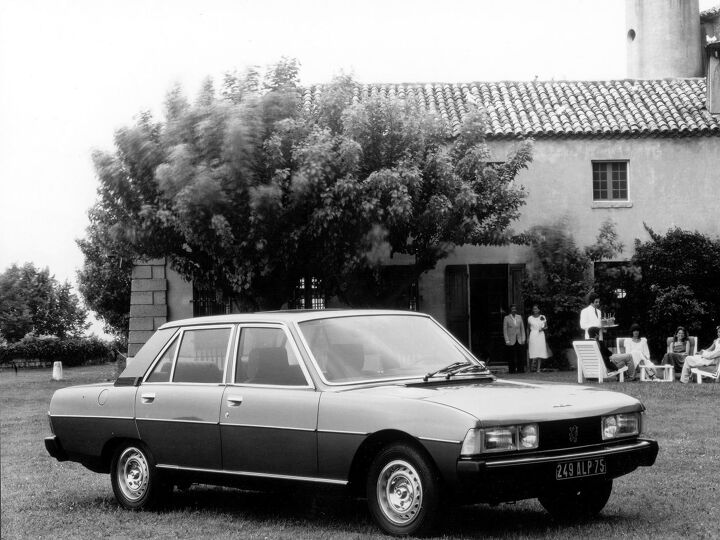
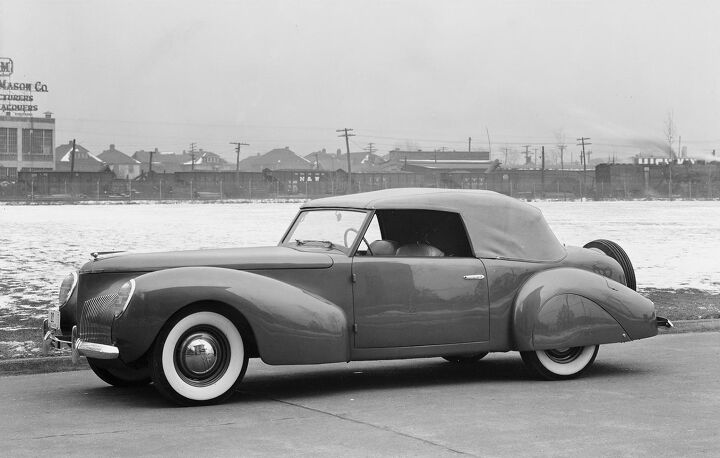
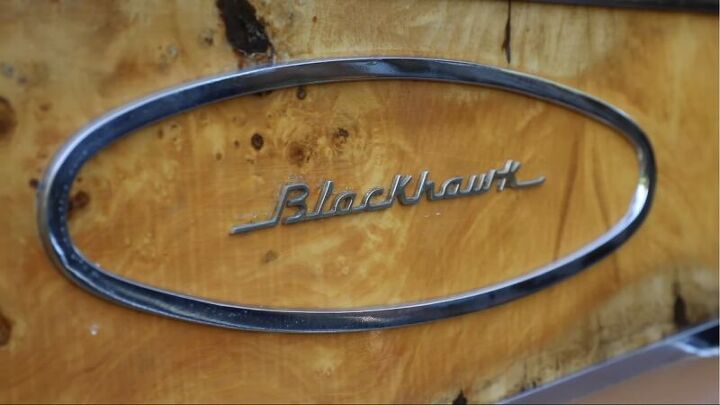












Recent Comments